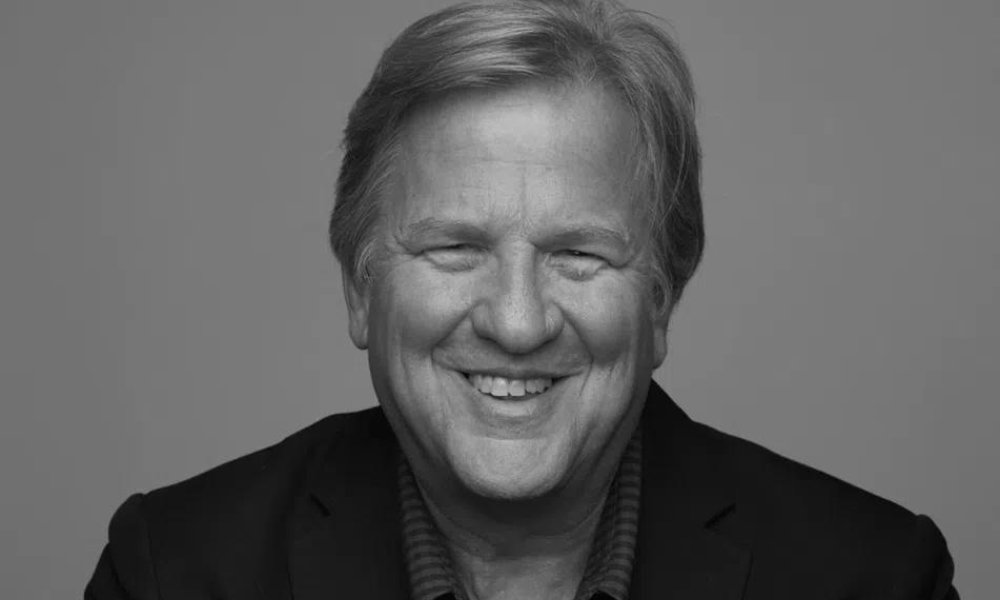What does doing well by doing good mean to your clients? Advisors reveal how they approach plethora of options out there

Don’t give up so quickly, all you browbeaten ESG investors. Consider impact investing instead.
All the recent political furor surrounding environmental, social and governance investing has an increasing number of investors who were once looking to do well by doing good now saying good riddance to the whole idea of purposeful investing. All those congressional hearings, opposing Wall Street Journal and New York Times op-eds, and heated cable news debates seem to have soured a segment of folks who simply wanted to align their investment choices with their personal values and maybe make a buck or two along the way.
The backlash has gotten so bad that about two-thirds of respondents in a recent survey of roughly 300 Bloomberg terminal users said the anti-ESG movement that started in the U.S. last year will force firms to stop using those three letters in conversations with clients.
That said, there is another way for those investors determined to invest with purpose yet sidestep the partisan frenzy. It’s called impact investing and it’s been around far longer than the oldest cable network — or stock exchange for that manner.
“ESG looks really at how environmental, social and governance factors affect financial return and performance of a company. Impact Investing looks at how you can use your investments to actually create net positive impact in the world,” said Jed Emerson, managing director at AlTi Global. “It’s been around actually since the beginning of modern financial capitalism with the first publicly traded stock company.”
Emerson, who recently published a book titled “The Purpose of Capital,” said impact investing works on a portfolio basis, so diversification is paramount, just as with any other investment strategy.
“You can be in fixed income, you can be in various debt instruments, you can be in private equity, direct investments, real estate. It’s the whole gamut of asset classes that are available today,” he said, adding that some of the “better opportunities are really outside of the U.S. at this point.”
For example, Emerson said there are a variety of impact investing opportunities in microfinance, sustainable agriculture and “a variety of fintech areas.”
“I think a good impact investing portfolio is one that begins with the question of the purpose of your capital. As an asset owner, what are you really trying to achieve? What levels of financial return? And I say levels because different instruments and strategies give you different types of financial return,” he said. “Having clarity about what you’re trying to do first is the the preliminary step you have to take in order to do well later.”
Doing well by doing good? Well...
“Good,” of course, is a relative term. For one client, it may entail gifting an estate to a nonprofit, while for another it may mean staying away from sin stocks.
“Regardless of what ‘good’ means to someone, I feel it’s an integral part of my job to direct their money to potentially grow in the direction of what a client defines as good,” said Sandra Cho, president of Pointwealth Capital Management.
Cho believes that ESG and impact investing are currently in a “toddler stage,” and said that while the will to do good is there, there needs to be more consensus on how to accurately track strategy, performance and execution.
“It’s also important to bear in mind that like people, no company is perfect, but there are companies that are better than others,” she said. “Being in the toddler phase means that it’s easier to generally invest in ESG via ESG mutual funds and ETFs, versus trying to screen individual companies and avoid or invest in specific stocks and bonds.”
Renae Ransdell, wealth advisor at SageView Advisory Group, agrees that there’s no single best way to invest for clients who want to “do well” while also “doing good.”
“When discussing this concept with clients interested in conscientious investing, we first spend time determining what ‘doing good’ means to them. That conversation runs parallel to their overall financial situation and what it means to ‘do well’ in meeting their financial goals,” Ransdell said.
“Once we understand both, we discuss available strategies like social impact investing, ESG investing, portfolio screening to avoid companies or sectors they disagree with and lending to local business or nonprofits whose missions they believe in,” she said.
Ryan R. Hyslop, managing partner at Sierra Pacific Wealth Management, part of the Prospera Financial Services network, encourages his advisors and clients to allocate funds to make a difference in the world. He says his aim is to align “financial goals with values, customizing each portfolio to help invest in companies and projects that prioritize progress, sustainability and ethical governance.”
“Our team guides clients in crafting well-diversified portfolios that help contribute to a more sustainable future. The way each of our clients want to impact the world we live in is unique to them. Working to identify investments that enable a client’s vision must come after understanding the details and nuances of their values,” Hyslop said.
In Emerson’s view, doing well and doing good are most definitely not mutually exclusive. That said, having the best of intentions does not protect an investor from making bad or unprofitable decisions.
“Just because you’re doing this doesn’t mean that somehow the gods will shine and you’ll be rich and wealthy and feel really great about yourself,” he said.
In Emerson’s view, doing well and doing good are most definitely not mutually exclusive. That said, having the best of intentions does not protect an investor from making bad or unprofitable decisions.
“Just because you’re doing this doesn’t mean that somehow the gods will shine and you’ll be rich and wealthy and feel really great about yourself,” he said.



